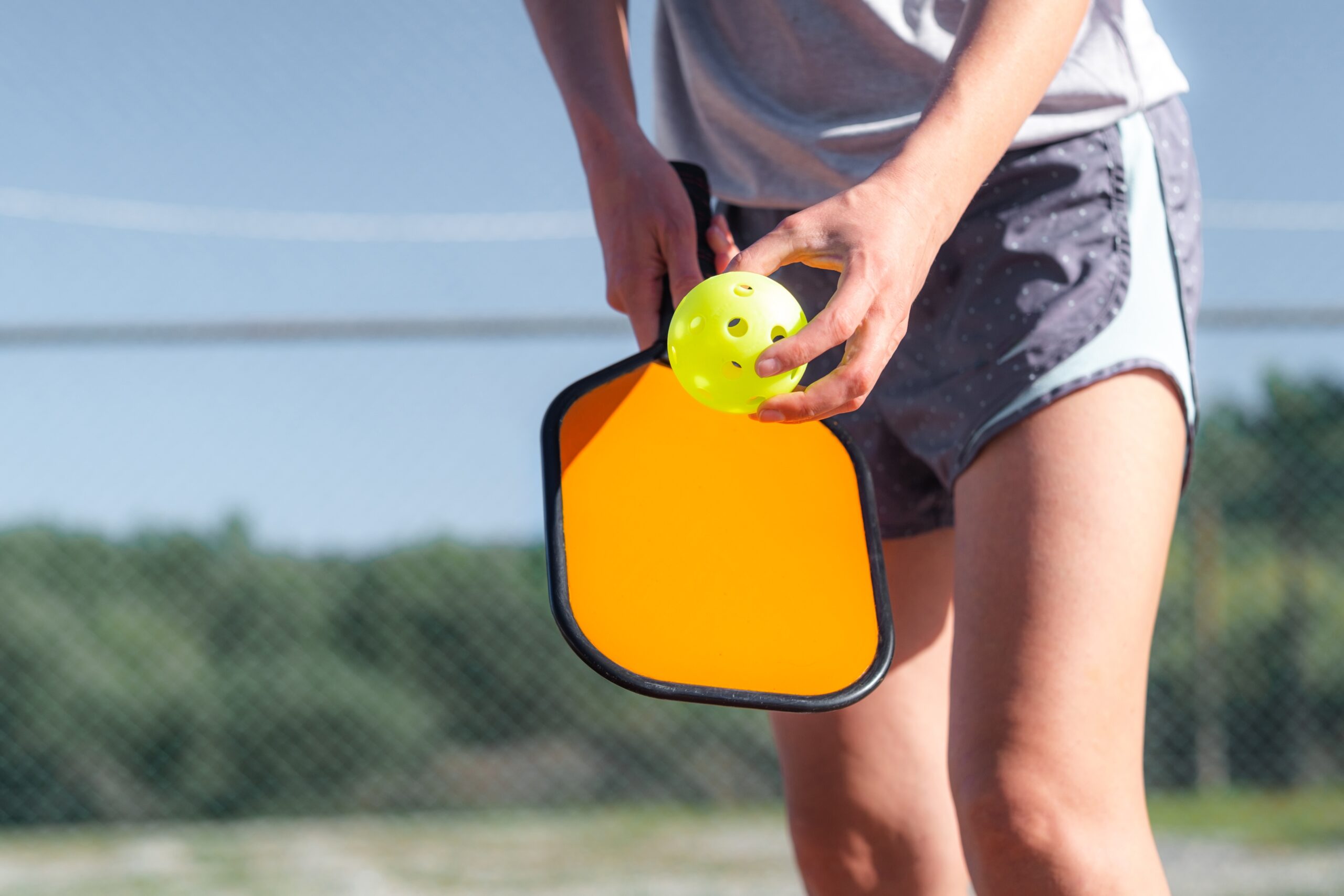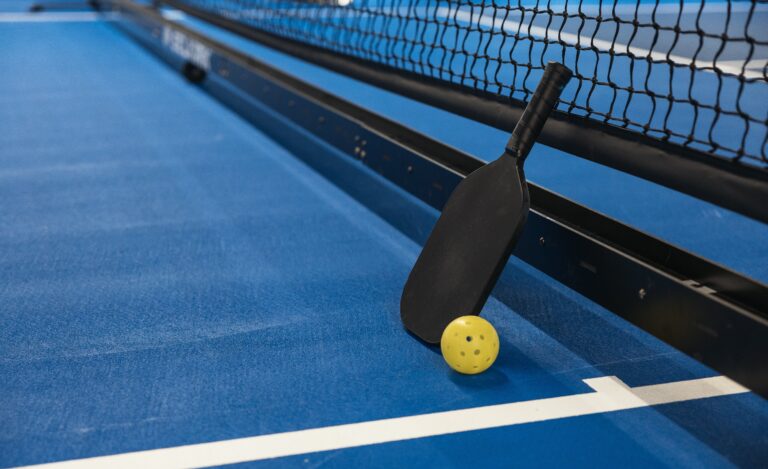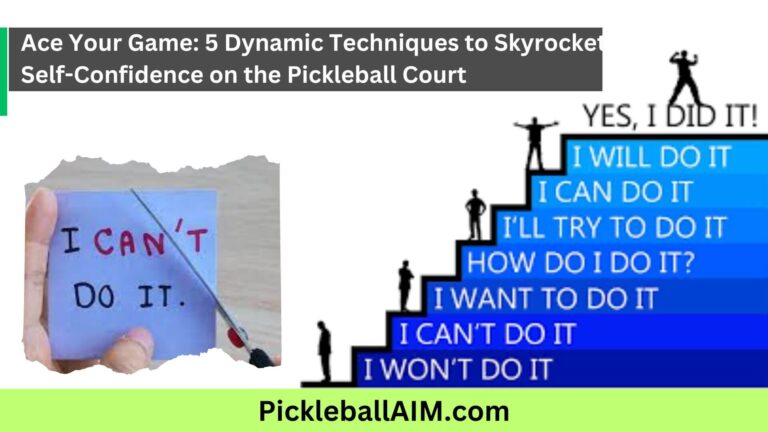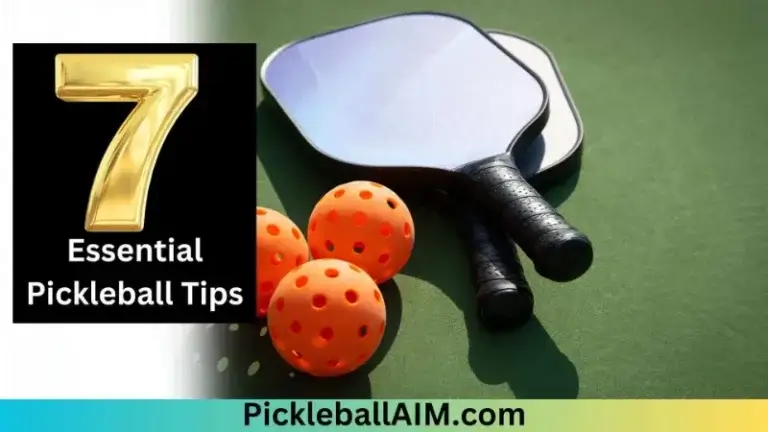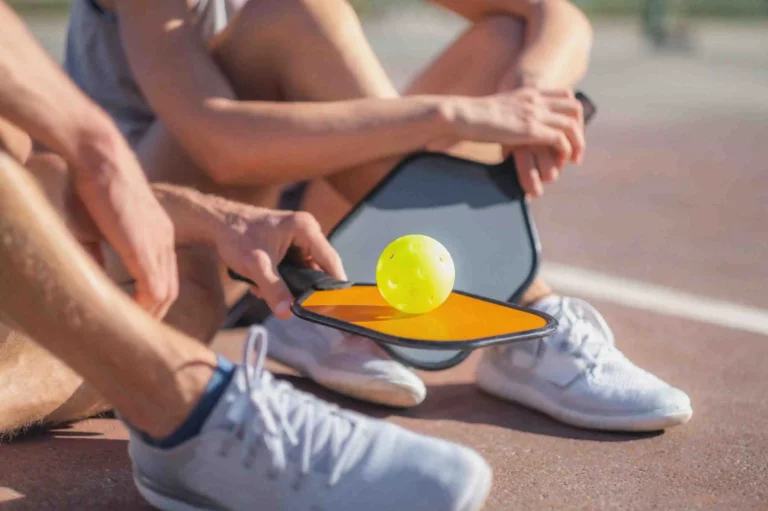Serve Up Success: Mastering Advanced Serving Strategies to Confound Your Competition
Navigating the high seas of competitive sports, where every point counts and every game is a battle, the serve stands as your first strike, the opening salvo that can set the tone for victory. In sports like tennis, volleyball, and badminton, a well-crafted serve is not just about putting the ball into play; it’s a strategic weapon designed to keep your opponents on their toes, guessing, and ideally, faltering. So, let’s gear up and delve into the world of advanced serving strategies, where we explore how to turn this initial gesture into a formidable tactic.
The Psychology of the Serve
Before we dive into the technicalities, let’s talk about the psychological edge a diverse serving game gives you. Mixing up your serves not only creates uncertainty in your opponent’s mind but also boosts your confidence. You’re not just serving; you’re orchestrating the game from the very first touch.
The Art of Placement
- Pinpoint Precision: Aim for the corners and lines. A serve that kisses the line increases the difficulty of the return. Practice targeting narrow sections of the service box to keep your opponent stretching and off-balance.
- Body Serves: Don’t underestimate the power of serving directly at your opponent. It can jam them, making it hard to create a powerful return. This serve works well against players who have less mobility or prefer to stand back.
Speed Variation
- The Power Serve: Unleashing a fast, powerful serve can certainly earn you quick points. However, using it sparingly and unpredictably is key. A sudden power serve after a series of slower serves can catch your opponent off guard.
- Taking It Down a Notch: Intersperse slower serves with strategic placement to disrupt the timing and rhythm of the receiver. It’s not about giving them an easy ball but about changing the pace and making them generate their own power.
Spin to Win
- Topspin Serves: Add topspin to your serves to make the ball dip quickly, potentially forcing a shorter return. It’s especially effective in tennis and badminton, where the spin can significantly alter the ball’s trajectory.
- Slice Serves: Slice serves create a side-spin that causes the ball to veer off to the side, making the return awkward and difficult. It’s a great way to pull your opponent wide off the court.
- Underhand Serves: While controversial and seen by some as a trick shot, an underhand serve in tennis or a short serve in badminton can be a clever strategy against an opponent who stands far behind the baseline or expects a deep serve.
The Element of Surprise
- Disguising Your Serve: Work on your ability to make different serves look similar up until the point of impact. This deception can prevent your opponent from preparing for the specific type of serve, keeping them reactive rather than proactive.
- Serve and Volley: Occasionally following your serve to the net can add an aggressive twist to your game, especially in tennis. This strategy works well when you’ve conditioned your opponent to expect baseline rallies after your serve.
Tactical Serving in Team Sports
- Volleyball Serving Strategies: In volleyball, use float serves to eliminate spin and create unpredictable trajectories, or jump serves to maximize power and speed, aiming for weak spots in the opponent’s formation.
- Doubles Serving Strategies: In tennis or badminton doubles, coordinate with your partner on serve-and-approach plays. Targeting the T (the centerline) with your serve can set up your partner at the net for a strong volley or smash.
Analyzing Your Opponent
- Spotting Weaknesses: Pay close attention to your opponent’s return game. Do they struggle with high-bouncing balls? Are they less confident on their backhand side? Tailor your serves to exploit these vulnerabilities.
- Adapting Mid-Match: Be prepared to switch up your serving strategy based on the flow of the game. If an opponent starts anticipating your serves, it’s time to throw something new into the mix.
Practice Makes Unpredictable
Developing a versatile serving game requires dedicated practice. Spend time working on each type of serve, focusing on placement, speed, and spin. Use serving drills that mimic match scenarios to refine your ability to switch between serves seamlessly.
Your Serve, Your Statement
A dynamic, unpredictable serve can be one of your strongest assets in competitive play. It sets the stage, builds pressure, and can directly contribute to your point tally. By mastering advanced serving strategies, you’re not just starting play; you’re making a statement, asserting control, and laying the groundwork for a successful match. Remember, in the grand game of sports, keeping your opponents guessing is not just a strategy; it’s an art form. So, take these tips, hit the court, and let your serves speak volumes about the player you are and aspire to be.

